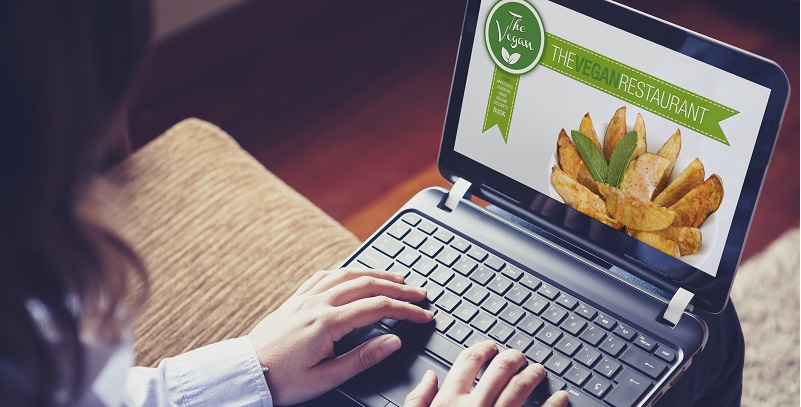
Do you have a website for your restaurant? If not, you are surely missing out on a huge amount of customers. Just like your dine-in menu, your website is an extension of your restaurant’s brand. Competition is constantly growing, and having a well-constructed website can set you apart from the competition. Having a good website, gives potential customers the opportunity to get acquainted with your menu, style, interior, and services. It gives you the opportunity to collect online orders and take reservations easier which in turn grows your business. Check out our tips below on how to design the perfect website for your restaurant.
1. Audience
Before beginning the design of your website, it’s important to think about who your website will be talking too. You will want to look at proximity to other high traffic areas, the general demographics of your city, and the price range of your menu items. For example, if you are a quick service restaurant near a university, you probably cater most to students. As a student, a person could enjoy an online ordering system and navigation that is quick so they can grab menu items on their way to class. Where a fine dining restaurant in a beach location would cater mostly to tourists and that demographic would most likely enjoy looking at restaurant landscape or tropical food pictures. Once your audience is defined, you can move on to the creation of the website.
2. Navigation
It’s important to keep it simple when it comes to your website’s navigation. The main structure of a website should include options for the homepage, menu, about us, and a contact form. It’s important to start with that structure and build and add other menu options as you go. If you are using an online ordering system, make sure it flows symmetrically with your menu section on your website. You don’t want a user to have to go to a completely separate section of your website to order a complex menu item. Any other section you want to add to the website like reviews or a blog are great, but make sure the main structure of the website is easily visible.
3. Photography and Colors
A good color palette on a restaurant’s website helps balance out the colors in the photography of different food items. Most successful restaurants try to stick with brown, white, red, and black. This combination symbolizes reliability, freshness, mystery, and passion. Food photographs also look good against a black background. It’s important to do research and stay away from colors that make your website look spammy.
4. Clear Website Copy
You want your website to show up on search engines because that is where most people go to find you. A clear message on your website enables your website to have good SEO ranking, and tells your customers what you have to offer. Also ensure that your text is in a good balance with any photographs. If you overly describe some menu items and don’t have a balanced picture, people can’t see what they are getting. Be authentic when you write you’re about us section. Whether it’s repeat business or you have first time customers reading your about section, it’s important that you show your human side.
5. Menu
It’s never a good idea to upload your paper menu as your online menu. This will give mobile users problems panning and reading items properly. Your website will also have SEO ranking problems because search engines see the text as too small and they can’t crawl your website. Finally, never separate parts of your menu into different tabs or pages. People will think it’s not very user-friendly if they have to keep clicking back and forth if their meal comes with sides or they want to add an appetizer.
6. Tracking
It’s important to know what’s working on your website, and what’s not. You could have a large amount of visitors coming to your website and only looking at your contact page and not using your online ordering system. This could mean you have a problem with your online ordering system, and you wouldn’t know about it unless you had tracking on your website. There are some tracking programs that cost more than others, but it’s a good idea to have Google Analytics and Google Webmaster tools hooked up to your website.
7. Mobile
Today’s internet user is quickly increasing on mobile devices. People are on-the-go more and they expect modern conveniences to keep up. They want to have the capability to place their food orders directly from their mobile device. When you are building your website, ensure that the functionality is mobile friendly.
8. Contact Us Page
A good restaurant website always has an easy-to-use contact form. You don’t want your customers to experience any difficulty when it comes to contacting you, or they will bounce and go to one of your competitors. Don’t forget to also add a map to your contact us page so people can get directions easily. Having a map will remove any questions of your restaurant is located.
9. Reviews
A huge volume of people always like to do their research before visiting a restaurant for the first time. If customers are saying good things about you, why not share it as much as possible. Try pulling any reviews you have on Google+ or Yelp and integrate them with your website.

